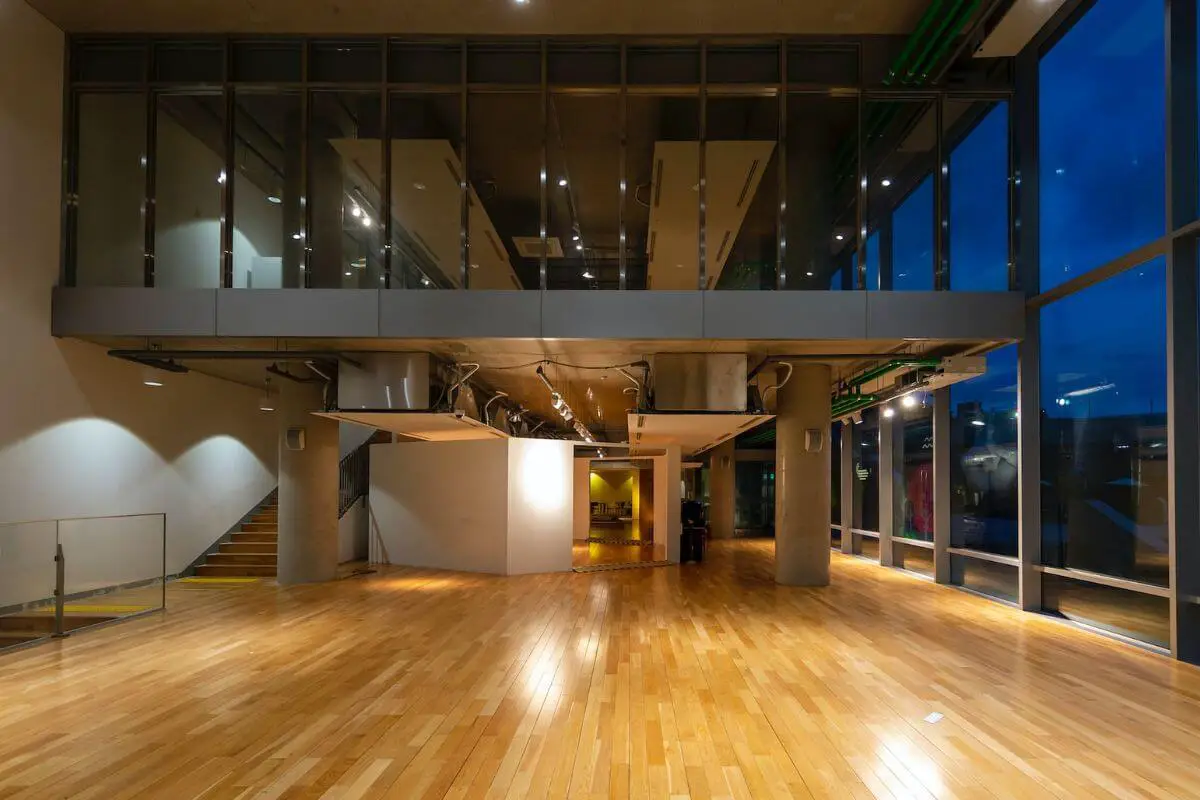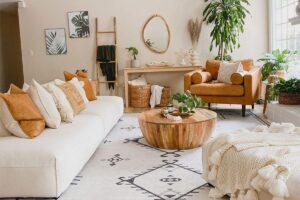The color and state of the flooring significantly influence a room’s feel. It can be challenging to decorate around Different wood floors in adjoining rooms. But if you embrace it, you can make it work. Mixing hardwoods is okay with any specific architectural principles. Even though doing so might make the home feel more spacious and unified. Decide if you want to emphasize the contrast for an eclectic design or minimize it for a more classic approach.
Making the transition Between Rooms
Visitors will observe that your home has various wood floors in adjoining rooms unless you frequently bring interior designers over. The multiple kinds of wood only meet in a gateway area. It is the case in many homes with adjoining rooms with hardwood floors of different colors. The effect of the difference is usually minor if you have various wood floors on different levels. For example, cherry flooring downstairs and oak floors upstairs. Or if cherry and oak rooms are always divided by carpeted or tiled rooms.
If the adjoining rooms have wood flooring in different colors, surround each one with a border that matches the color of the floor in the other room. In addition to easing the transition from one to the other, this gives the contrast an intentional appearance. Finding an exact color match for older hardwood floors that are being restored or replaced in a home may be difficult. Since colors deteriorate with time, the identical wood texture and color pattern might no longer be accessible. In some circumstances, switching between different color strips or other items, like rugs, which might cover up specific blemishes, might make sense.
Bringing the Space Together
Choose furniture for all the rooms with a similar aesthetic to reduce the distinction between the wood flooring. Your home’s bedrooms, kitchens, living rooms, and dining rooms should all have an equal time and place-of-origin vibe. To counteract the effects of the flooring, use wood in the furnishings. Suppose your living room floor is oak and your bedroom floor is cherry. You should choose furnishings in each wood for both rooms. Put more emphasis on the furnishings in the living room that are cherry and the furnishings in the bedroom that are oak. You can introduce both kinds of wood into both spaces, keeping them cohesive.
There are various methods to assemble a room with rugs for hardwood floors that are different colors in adjoining spaces or intersect in another area of the room. You can achieve a soothing, unified atmosphere by using carpets in every area with the same color, style, and shape. Use carpets that separately showcase each room and space to play up the differences and include them in your decorating choices.
Create different results
You will be able to create an eclectic vibe for your home if you highlight and celebrate the various types of wood. Create a variety of styles of furniture and theme-based decorations for the rooms. Your living room has dark wood flooring, find furniture in various tones of dark, lacquered wood, and decorate in rich hues to create a rich, formal ambiance. If your bedroom has light floors, find furniture pieces and lace upholstery to establish a French provencal motif. Use similar-looking furniture or drapes in every area to prevent the variety from becoming off-putting. Ultimately, you can create excellent different wood floors in adjoining rooms.



